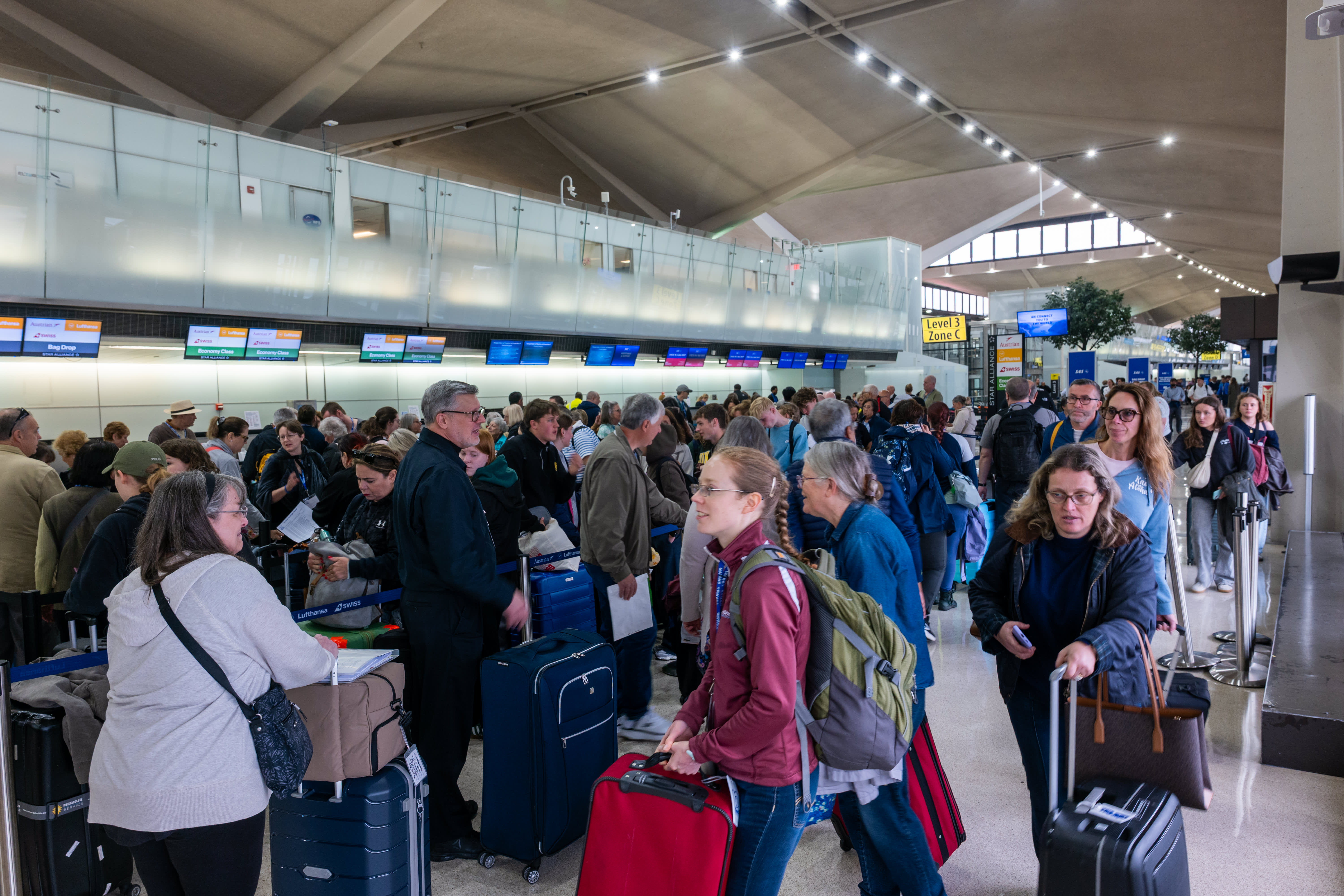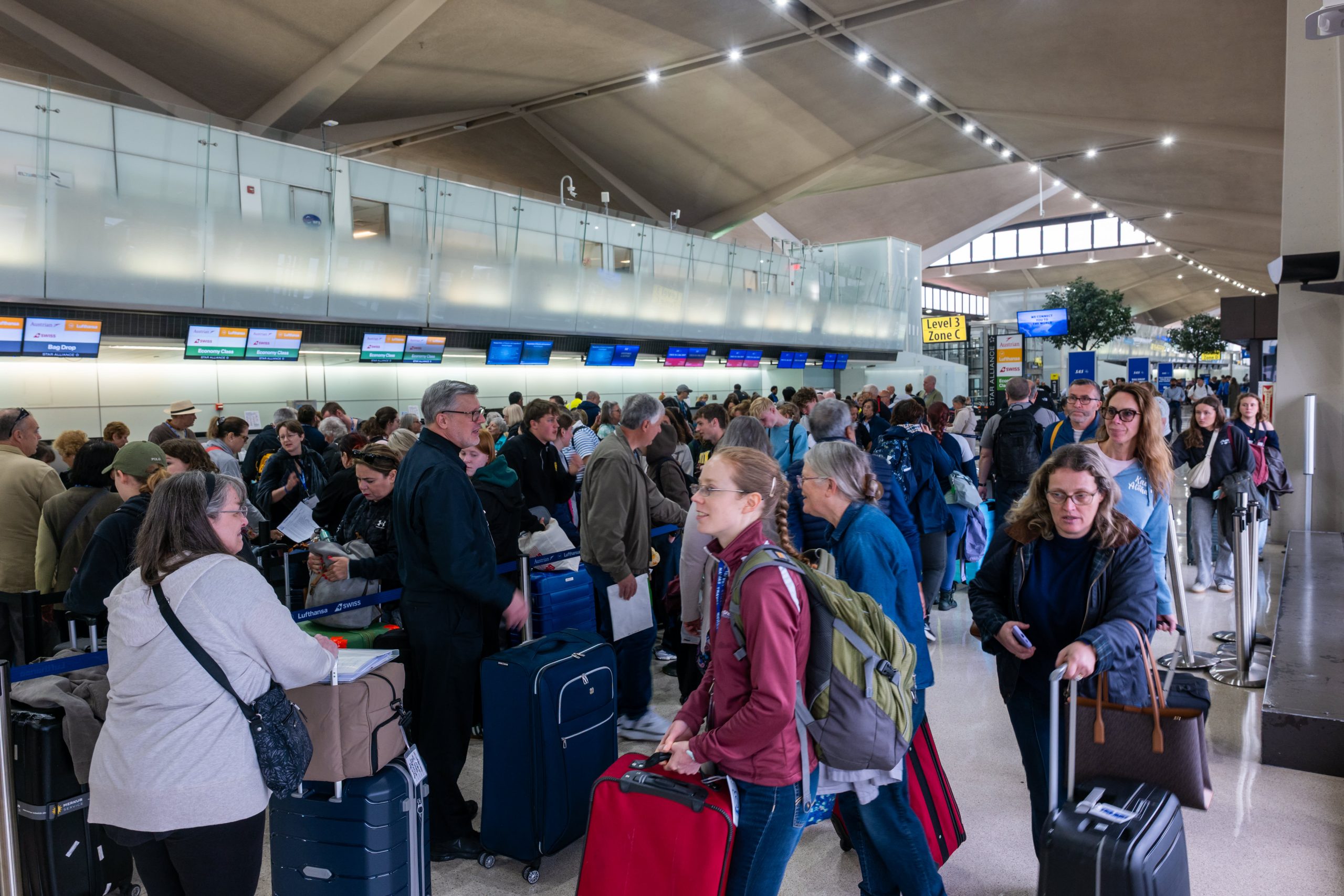
The aviation industry is facing turbulent times, and Newark Liberty International Airport has become the latest flashpoint. As one of America’s busiest aviation hubs, Newark’s recent operational meltdown serves as a canary in the coal mine for systemic issues plaguing air traffic control nationwide. From malfunctioning radar systems to chronic understaffing, this perfect storm of failures has left thousands of travelers stranded and exposed the fragile state of our aviation infrastructure.
The Technology Trap
Yo, let’s talk about how our air traffic control system is running on tech that belongs in a museum. The recent Philadelphia TRACON equipment failure wasn’t just a glitch – it was a full system crash that sent shockwaves through Newark’s operations. We’re talking about radar systems so outdated they make flip phones look cutting-edge. The FAA’s band-aid solution? Slowing down arrivals like we’re rationing runway space. This isn’t just inconvenient – it’s downright dangerous when controllers temporarily lose communication with aircraft. The NTSB investigation will likely reveal what we already know: we’re flying blind with 20th century technology in a 21st century aviation world.
The Staffing Crisis Bubble
Listen up, because this is where things get really scary. Newark’s control tower staffing levels are “not normal” – and by that, the FAA means critically understaffed. The controllers’ union has been screaming about this for years, but here’s the kicker: we’re losing more controllers to stress-related leave than we’re training. United Airlines’ decision to cut 35 daily flights isn’t corporate strategy – it’s survival mode. The FAA hired 1,811 new controllers this year? Great. Now show me where they’re actually deployed, because Newark’s skeleton crew suggests they’re stuck in bureaucratic limbo. This isn’t just a staffing shortage – it’s institutional neglect with a side of burnout.
The Infrastructure Domino Effect
Here’s where all these failures collide like planes without proper guidance. Runway construction? Check. High winds? Check. Ancient equipment? Check. Stressed-out controllers? Double check. Each factor amplifies the others, creating a cascade of delays that would be comical if it weren’t so costly. The aviation industry loves to talk about “resiliency,” but Newark’s situation proves we’ve built a house of cards. When basic maintenance and staffing become unpredictable variables rather than constants, the entire system becomes one bad weather day away from collapse.
*Boom.* There it is – the sound of another aviation promise bursting. Newark’s nightmare scenario isn’t an anomaly; it’s the inevitable result of chronic underinvestment and shortsighted planning. Until we treat air traffic control as critical infrastructure rather than an afterthought, these disruptions will keep happening with increasing frequency. The solutions exist – modern equipment, realistic staffing levels, better working conditions – but they require something the aviation industry hates more than delays: upfront investment. Here’s hoping we wise up before the next system failure leads to more than just canceled flights.







